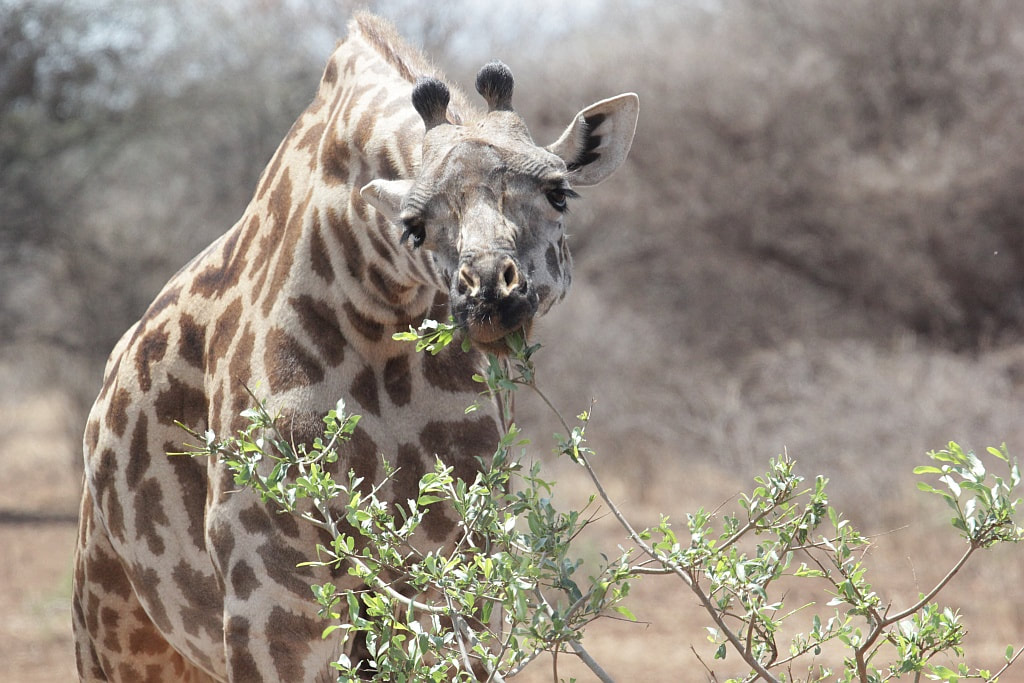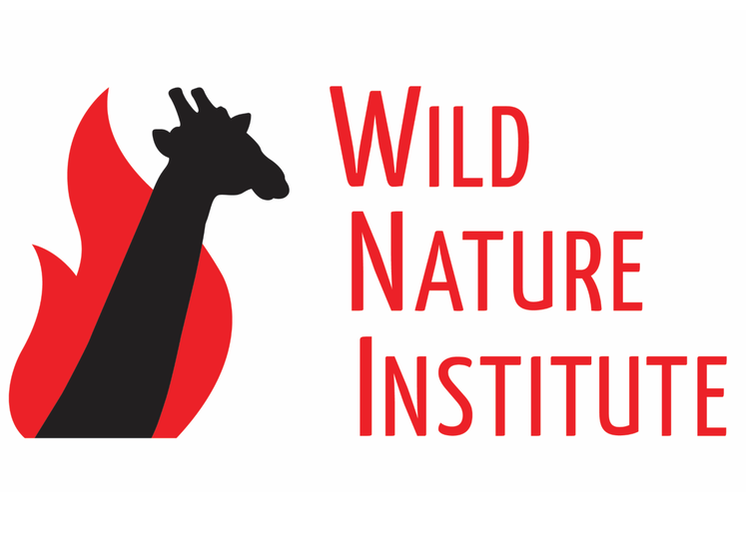|
by Wild Nature Institute
Masai giraffes eat many species of woody plants, but they prefer eating sickle bush, a shrub disliked and removed by people with livestock. A native bush-encroaching shrub species called Sickle Bush (Dichrostachys cinerea) is disliked by livestock keepers and rangeland managers, but loved as forage by wild giraffes, according to research published this week in the Journal of Mammalogy. The study, authored by Matana Levi, Master's student at the Nelson Mandela African Institution of Science and Technology in Arusha Tanzania, investigated woody plant species eaten by endangered Masai giraffes (Giraffa camelopardalis tippelskirchi) in the Tarangire Ecosystem of Tanzania, and compared use versus availability to determine preferences and avoidance. The findings showed that giraffe significantly preferred foraging on bush-encroaching species such as the native Sickle Bush at local and landscape spatial scales and in both the wet and dry seasons. The results of this study suggest that browsing wildlife such as giraffes could be adversely affected by the removal of Sickle Bush from rangelands. Recent rapid habitat changes and exploitation of natural resources by people have led to increased concerns about proper land management across Africa. In East African savannas, rangelands are often converted to farms, but sometimes rangelands see an expansion of native woody vegetation into previously open grass-dominated lands. Levi said, "Our data indicate against removal of Sickle Bush because endangered giraffes prefer to eat it. Managing mixed-use rangelands exclusively for grazing livestock would negatively impact browsing wildlife like giraffes." Some land managers believe that a reduction of bush-encroaching species like D. cinerea is needed to maintain grazing resources for wildlife and livestock, but most studies have only examined how grazing species such as cattle and buffalo respond to a shift from grass-dominated to woody-dominated savanna. Before the current study, little was known about how increasing abundance of woody plants in a savanna might affect browsing species such as giraffes. These new findings overturn most biologists and rangeland managers' traditional prejudices against the expansion of bush-encroaching species and efforts to maintain grazing lawns. Despite the negative attitudes of livestock managers towards woody species in rangeland ecosystems, these species contribute significantly to the quality and quantity of food for savanna browsers.
0 Comments
Your comment will be posted after it is approved.
Leave a Reply. |
Science News and Updates From the Field from Wild Nature Institute.
All Photos on This Blog are Available as Frame-worthy Prints to Thank Our Generous Donors.
Email Us for Details of this Offer. Archives
July 2024
|
|
Mailing Address:
Wild Nature Institute PO Box 44 Weaverville, NC 28787 Phone: +1 415 763 0348 Email: [email protected] |
|


 RSS Feed
RSS Feed
